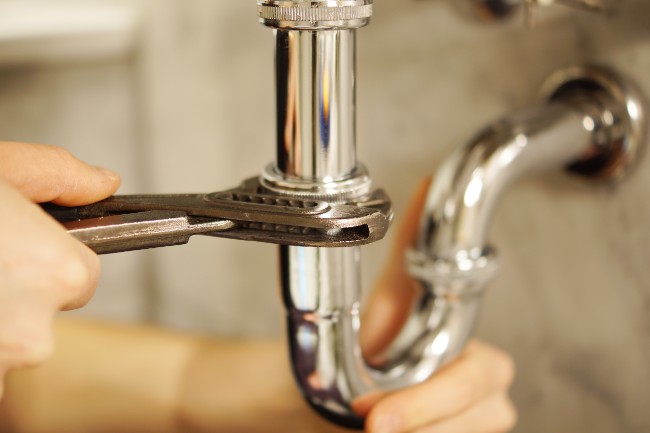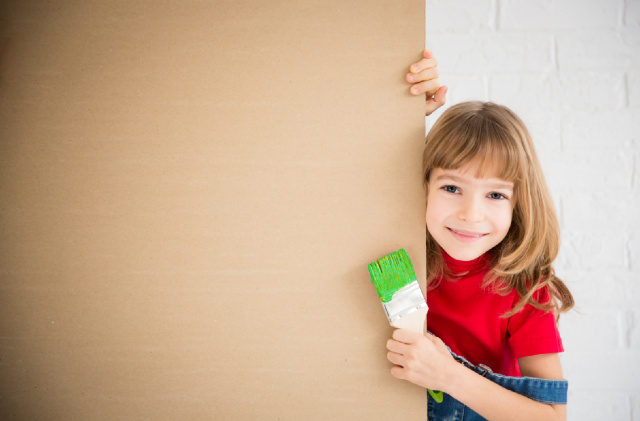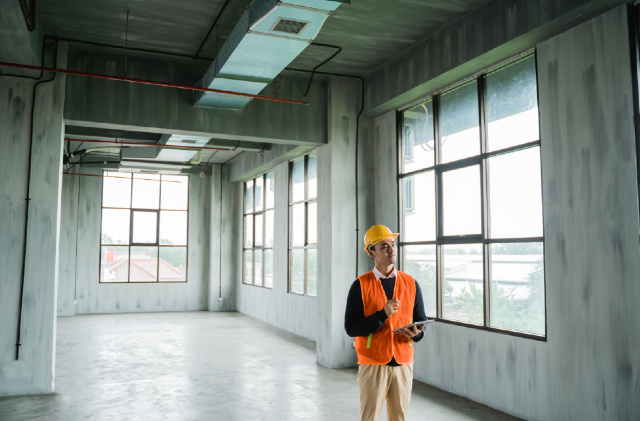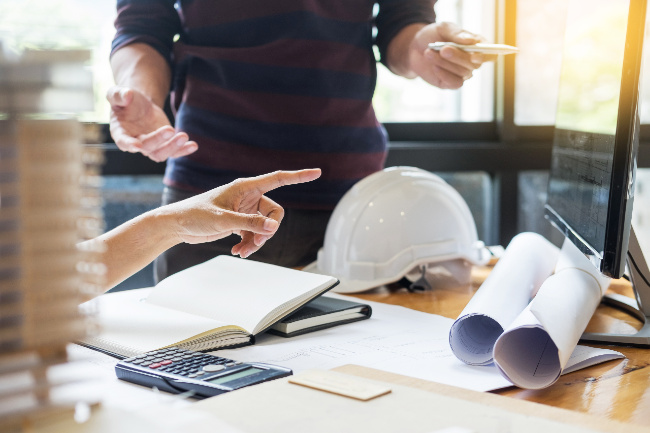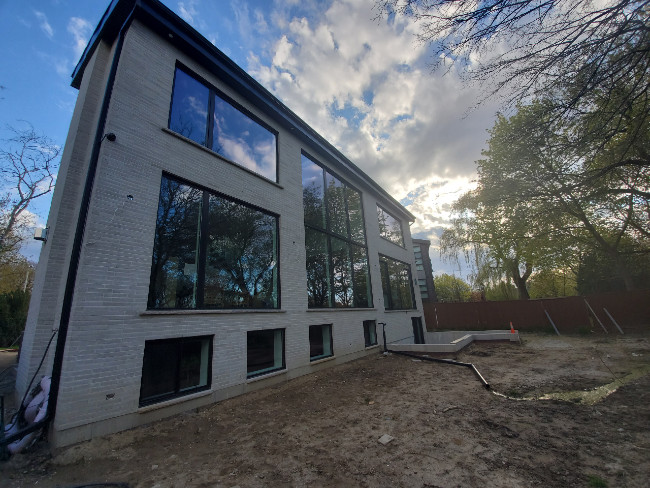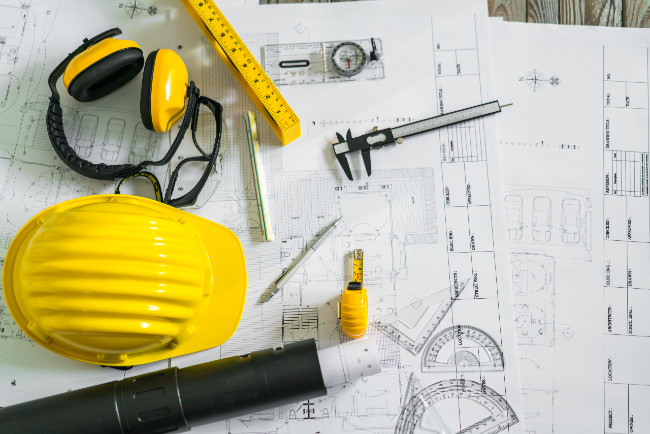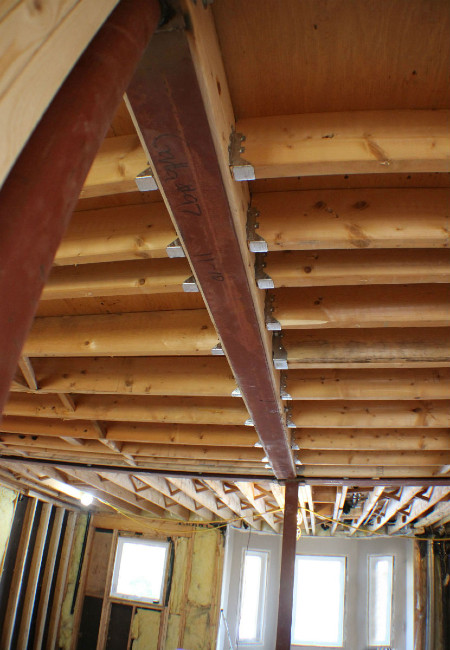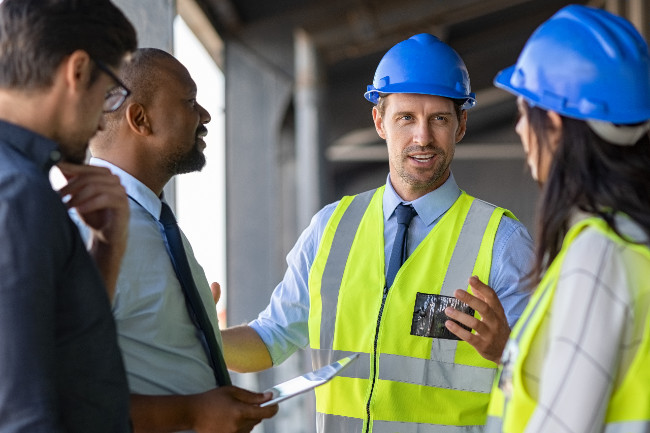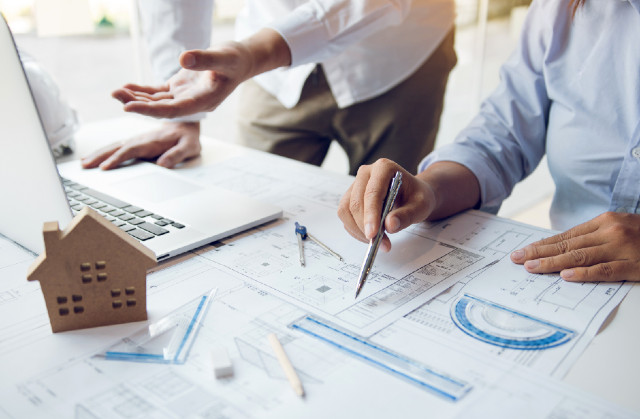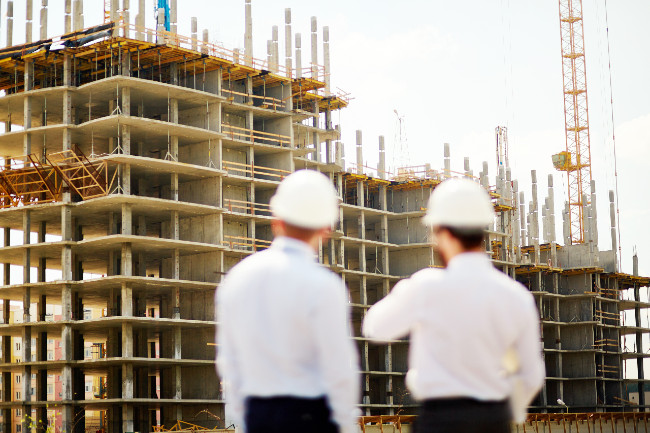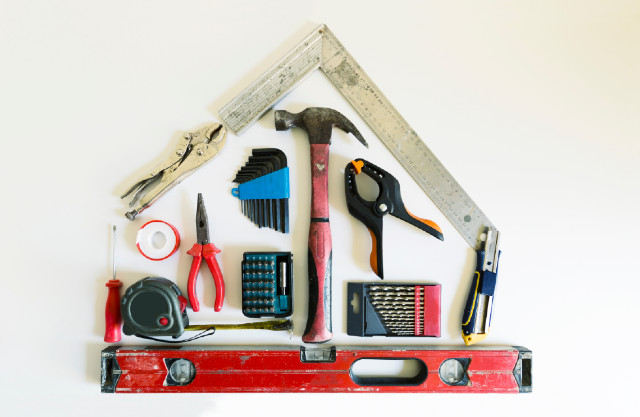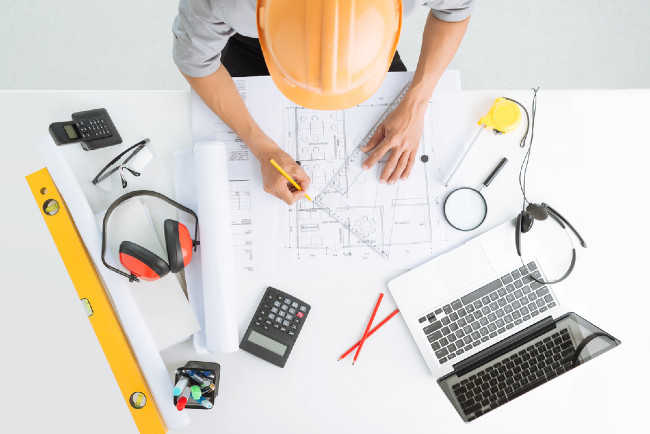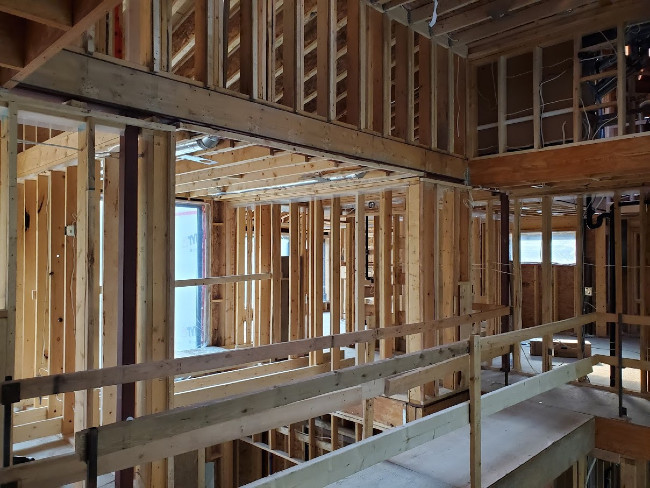A plumbing engineer is generally concerned with the structures overlapping the mechanical, civil and chemical engineering disciplines. Plumbing engineering obligations overlap into civil engineering, mechanical engineering, chemical engineering and fire protection engineering. The function of a plumbing engineer consists of planning, designing, installing and inspecting plumbing structures inclusive of stormwater, sewer, herbal gas, fireplace suppression water system, domestic water, irrigation water and different unique water and waste structures. Plumbing engineers contribute to the planning and construction of:
Domestic and Potable Water Systems
This is water provided by a municipal or site water system. The plumbing engineer designs the water distribution system to protect public health from plumbing, landscape irrigation, fire fighting systems, filtration systems, mechanical systems, purification systems and equipment. A complex building requires specially treated water systems and manufacturing facilities require special process water systems. The plumbing engineer can develop the designs of these systems, keeping in mind that the ultimate goal of the entire building is to reduce the amount of water used by a facility.
Domestic Hot Water Systems
The service water reaches the building at the same temperature as the ground. A facility requires hot water, usually for washing or bathing. The plumber designs the water heating system and the distribution system for the hot water pipes to make hot water available in a reasonable time to sanitary fittings. Plumbing engineers can also design energy-efficient water heaters and hot water circulation systems to reduce the amount of household water wasted down the drain when users expect hot water to reach the faucet.
Plumbing Fixtures
The sanitary engineer coordinates the appropriate type of accessories in the various areas of the building. Close coordination is required for code requirements, number and arrangement of sanitary accessories. Looking at the domestic water system and the wastewater system with the entire focus of the building, the plumbing engineer recognizes that a low flow accessory reduces the consumption of water and sewage channel.
Sanitary Sewer Systems
Water flowing from plumbing fixtures accumulates in the building’s sewage system. The installer designs this system to a point where it connects to a municipal sewage system or an on-site disposal or containment system. Some facilities require segregation between waste streams and treatment through dedicated waste systems before entering a standard building waste system. For example, grease residue from a kitchen can damage the sewer system. Therefore, a grease trap is installed to collect the grease before entering the building’s standard procedure.
Stormwater Systems
In northern climates, snow or ice falls in the same places and is collected in the rainwater system. What to do with this water is increasingly being discussed and requires different approaches in different areas. The drainage, rainwater and meltwater are essential parts of a building’s sanitation system. A plumbing engineer creates the necessary systems to keep the structure free of rainwater and from flooding or water damage. Engineers can assist in developing stormwater containment processes and ways to deal with them that do not unduly stress the outdoor environment caused by dumping too much water into municipal drainage systems at once.
All new homes require a well-built and intricate plumbing system. Contact ASR Engineers to have your plumbing structures designed and executed with acuity and proper planning. We’re certified to address fireplace suppression structures, stormwater, sewer drains, home water access, all with regards to the general scheme of the building.

